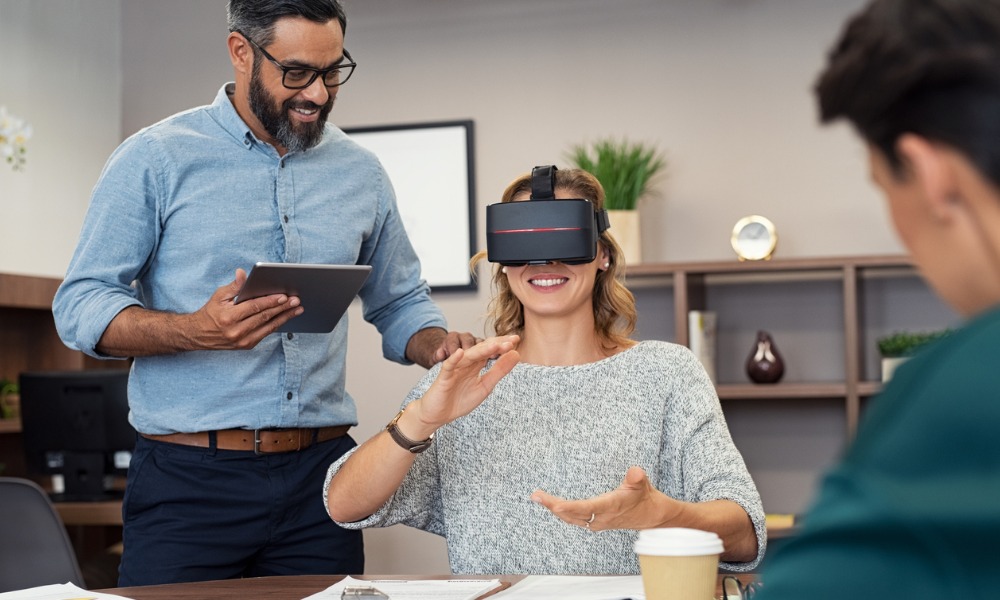
Four in five workers would be willing to use AR/VR headsets

The potential of augmented- and virtual-reality (AR/VR) tech in the workplace lies not in the hands of corporate IT managers but of tech-savvy workers, a recent study suggests.
Consumer electronics company Mojo Vision surveyed more than 1,000 employees across the US to understand how they view the adoption of next-generation tech in the enterprise sector.
In the report ‘Tomorrow’s Workplace Technology: What Happens When Things Get Personal,’ Mojo Vision found a large number of workers actually look forward to using emerging tools such as AR/VR to help them accomplish daily tasks; follow necessary procedures; and access resources fast.
But while a large majority (75%) claim they’ve never used AR/VR tools before, many are still open to handling such devices in the workplace. In fact, nearly four in five workers (78%) would be willing to use AR/VR headsets if they were asked by their employer.
READ MORE: How this global firm embraces innovative learning
When asked about the benefits of using nascent tools:
‘As common as the smartphone’
The report also shows how optimistic employees are about the adoption of emerging tech in the workplace.
Of the workers polled, 55% said AR/VR headsets and other similar tools will be as common in the workplace in the next 10 years as the smartphone has been in the past two decades.
Meanwhile, more than two in five respondents said new forms of display such as the smart glasses, contact lenses and headsets, will eventually replace screens commonly used in offices today.
Despite their optimism, workers admit there is much to be done to improve existing AR/VR tech before they can be successfully adopted in the workplace. Respondents expressed concern:
READ MORE: The hottest HR tech investments of 2019
Steve Sinclair, senior vice president of product and marketing at Mojo Vision, recognised the growing awareness of employees when it comes to using emerging tech at work.
“It’s clear from the data that today’s workers are increasingly accustomed to the latest technology and have higher expectations for usability and benefits,” he said.
“Because employees are more vocal about these expectations, they now strongly influence IT decisions to deploy new technologies sooner.”
Sinclair warned that if future workplace technologies, such as AR/VR devices, are not created to suit workers’ preferences, employees might resist using them, causing further delays in adoption.
Invisible computing
The study also had respondents consider the idea of Invisible Computing, in which future workplace tech are to be made so small or discreet that workers won’t even be able to notice them.
This would help employees focus on their tasks or people they are dealing with – not on the tech they are using.
Despite the benefits of modern workplace tech, Sinclair believes the devices workers use today can be very distracting. However, he is optimistic future tech will be able to address this issue.
“If the future unfolds in the way that workers predict it will, technologies like AR/VR will enable workers to have access to information immediately without the visible interruption of a device,” he explained.